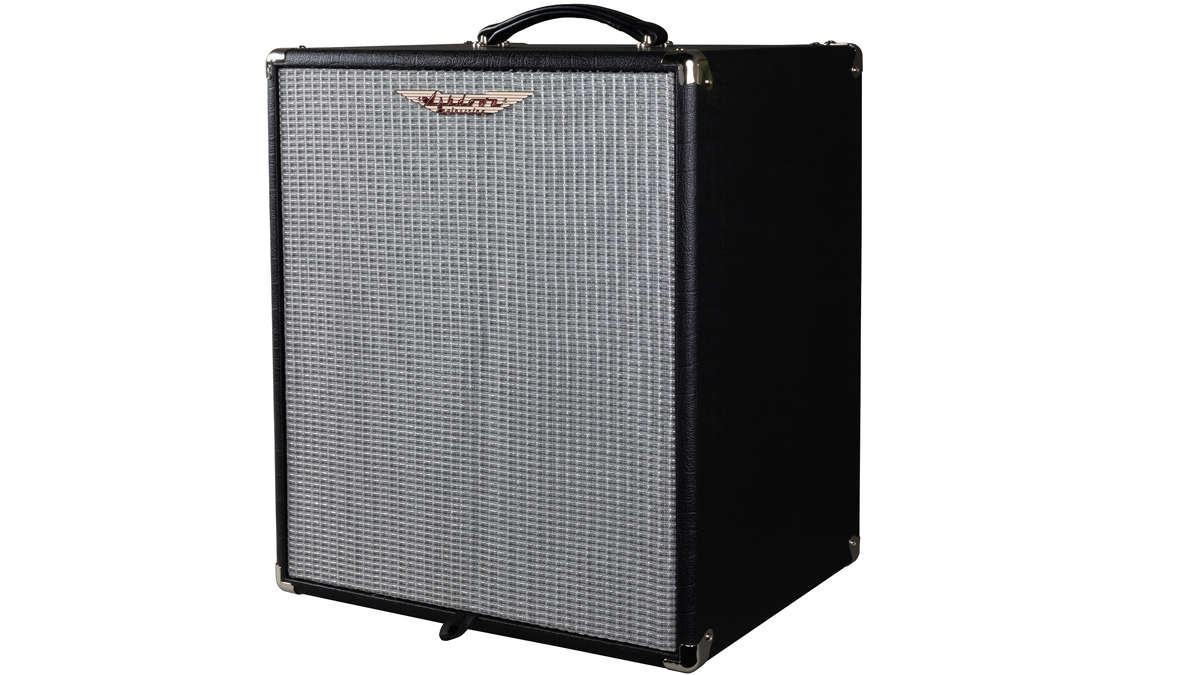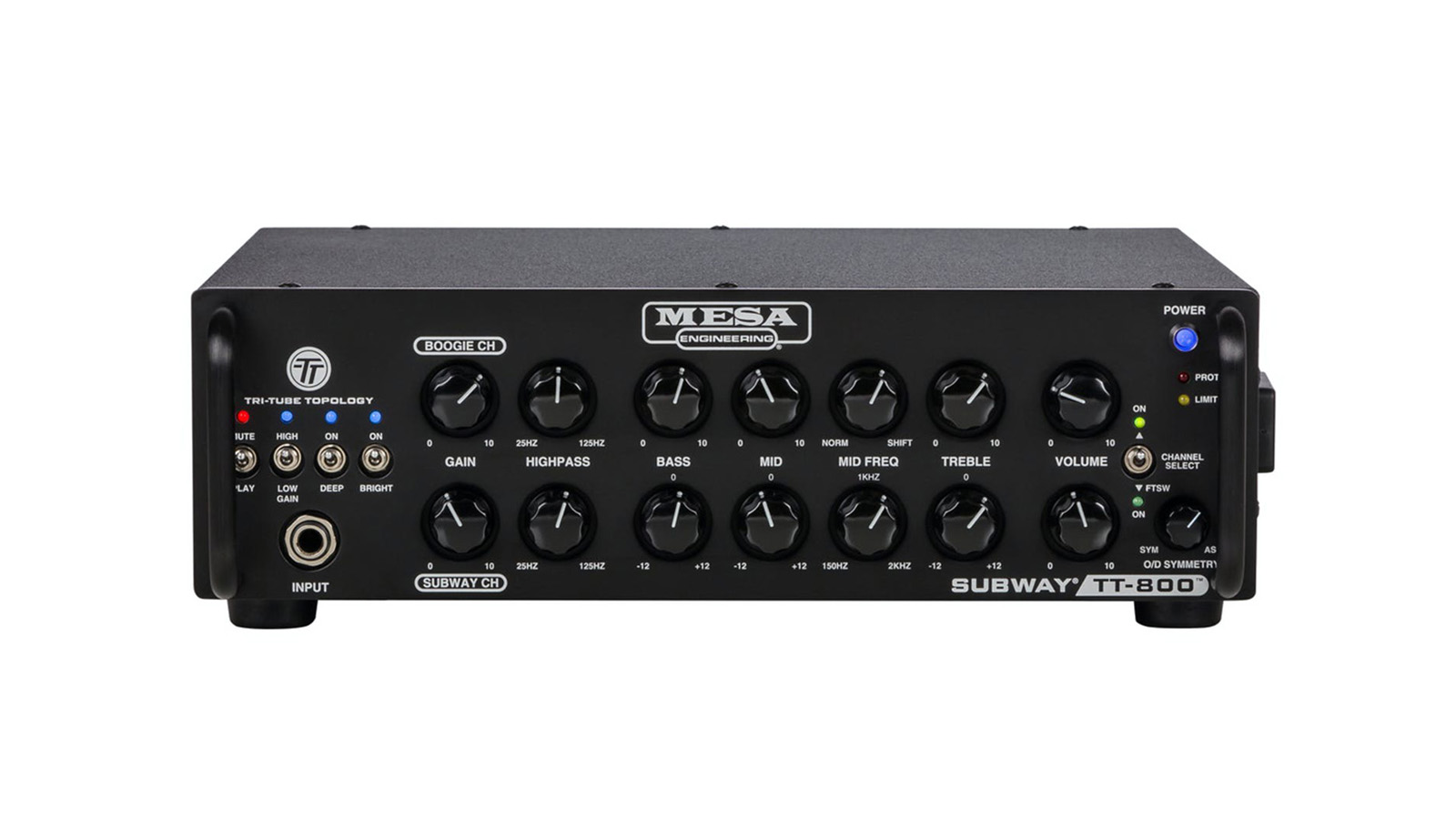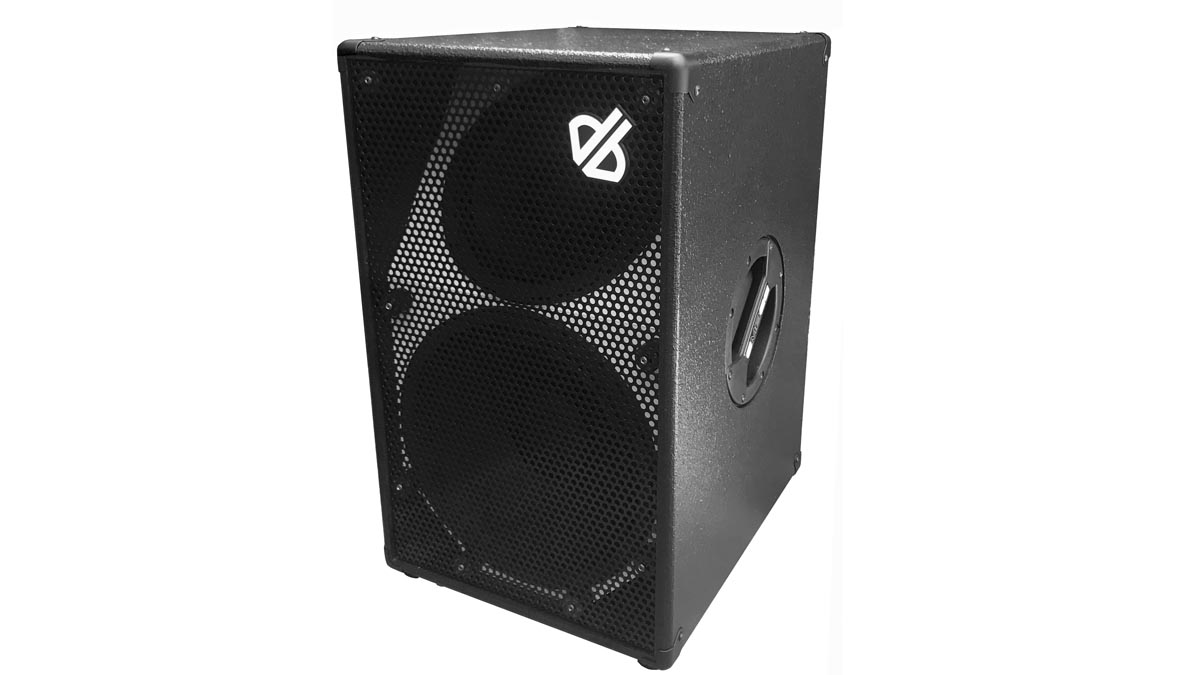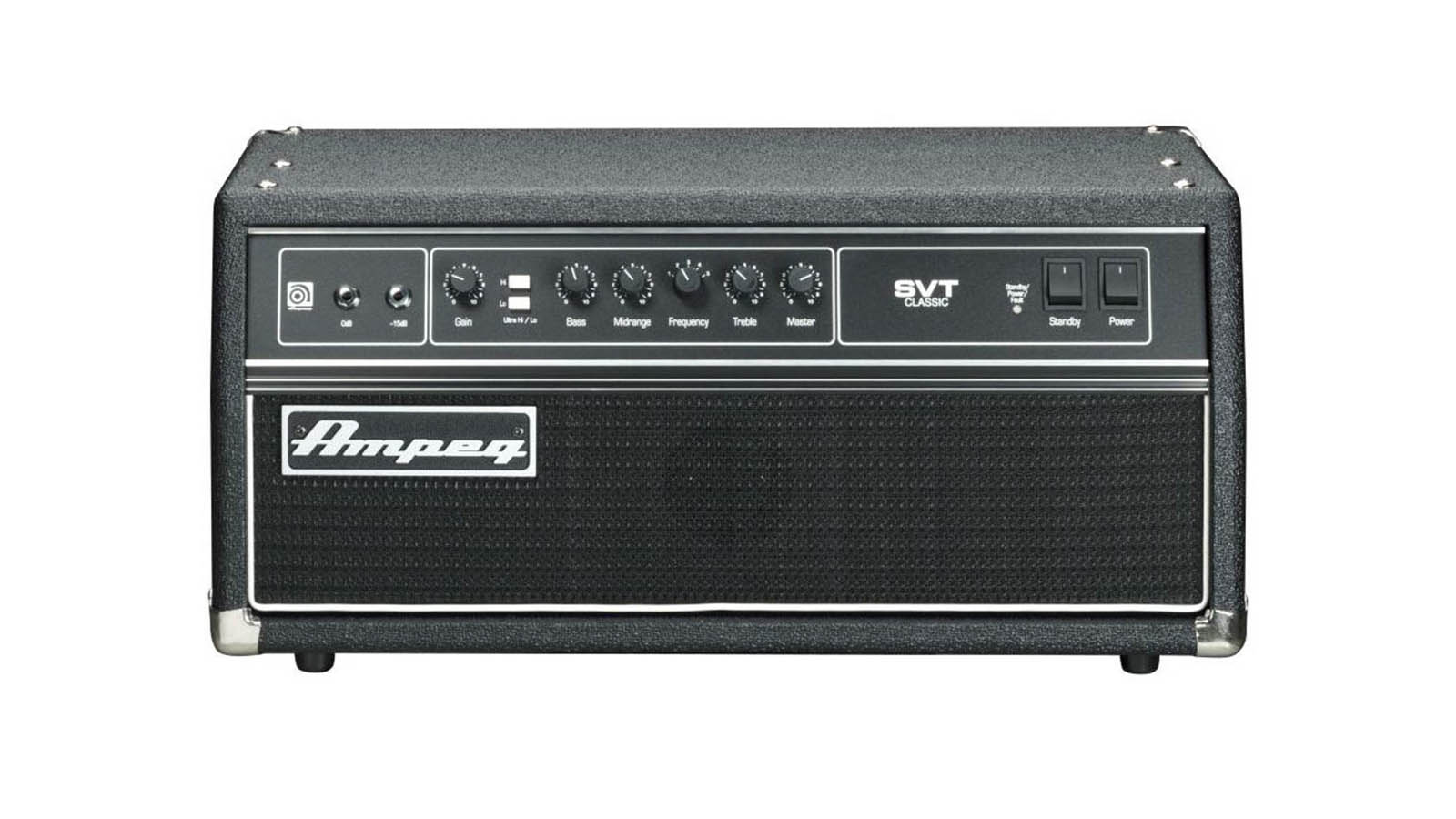How bass amps work: everything you need to know
Got your first bass guitar amp and not sure how to get the best out of it? Let us explain its different sections and what they do

Imagine this scenario: You’ve just bought a new bass amp from a store, after it has been demonstrated to you by helpful staff. You may have even bought it online after watching some top-quality video reviews.
On arriving home, you plug in, you consider the tone controls – and then you discover that the manual doesn’t tell you what they are and how they interact with each other. Never fear! I’m going to talk about what’s inside the box...
Start with the basics

Okay then. You know that your bass plugs into the input socket, and that the speaker cabinet is attached to an amplifier output socket – yep, even if you’ve got a combo.
Along the way, very small electrical signals from your bass turn into much larger versions that can physically drive your speakers up to drummer-annoying levels. That’s always welcome. Indeed! Now, there are usually three main sections to your amplifier – the preamplifier (preamp), the effects loop, and the power amp.
Let’s start with the end of the chain first, which is the power amp. For the most part, this bit can usually achieve a pretty epic job of turning the aforementioned small signals into larger ones, but even if the unit is a single monoblock, there will still be some sort of pre-signal conditioning going on inside that provides the power components with a strong enough signal to deliver full output.
The preamp
You need a preamp to make your bass signal loud enough for the power amp to work with. Our preamp allows us to lift those very small signals – which are especially small if you have vintage pickups – from millivolts to around a volt.
It seems logical to introduce some tonal shaping, so the preamp section also includes tone controls, inputs, and line outs. Some preamps include integrated effects such as compression and distortion, too.
Get The Pick Newsletter
All the latest guitar news, interviews, lessons, reviews, deals and more, direct to your inbox!
The effects loop: a definition
Well, between the preamp and power amp, there’s a break in the circuits where the two meet. In most amps, this is where you’ll find what we call the effects loop. You’ll see a mini patch bay consisting of Send and Return connections.
Use these to insert effects that you might not wish to have before the preamp section, such as when your bass is plugged into a pedal and then the pedal is plugged into the amp.
This patch bay is also useful as you can simply send your preamp signal somewhere else, or you could bypass the whole preamp and plug in an external pedal preamp straight into the return connection of the effects loop. This essentially gives you a completely different amplifier sound.
Does the power amp affect my tone too?
As we’ve seen, the power amp is the engine that turns small voltage audio signals into larger ones to drive speaker cones. Depending on its design, the power amp module might be acoustically transparent – which means that it doesn’t place any additional colour into your tone. However, plenty of examples bring their own character to the sound of your bass, and are highly sought after for that reason.

A closer look at the preamp
After the physical input, a circuit featuring a Gain Control is used to optimize the level of your bass signal. We want it loud enough so that noise is kept to a minimum, but not so loud that it distorts the subsequent electronics. That said, some amplifiers are designed to create a pleasing rasp when the gain is wound up.
Next, we have an equalizer, which – however simple or complex it may be – is often the primary tone-sculpting section, providing boost or cut to selected frequencies. This gives you anything from an old-school thump to super hi-fi slap tones – and a whole lot more.
Check out my column on equalizer pedals for more detail. Note that if you have more than one channel, you can footswitch in a new EQ for a different sound. You’ll also see a Master volume – the dial you adjust when you’re told to turn it down!
What are all these ins and outs?
There may be a Direct Injection output, or DI, which is a method for sending low-level signals over long cable lengths in a way that actively rejects noise picked up on the cable. The output will be an XLR socket, so you’ll need an XLR lead – also used for microphones – here.
Then there’s Auxiliary, or Aux, for feeding in audio from external devices such as phones or computers. The audio is mixed in and can be heard from the speaker or headphones – the latter of which often has its own dedicated output.
How do I connect a cabinet?

Old-school 1/4” jacks are becoming less commonplace, as locking Speakon connectors are finding their way onto higher-powered amplifiers. I prefer the latter, as they stop musicians using instrument cables to connect speaker cabinets rather than using dedicated speaker cables. There is a difference!
And while you’re connecting a cab, understand exactly what impedance, measured in ohms, is. Impedance is the load that the speakers place on your amplifier. Your amp operates within certain margins, so pay attention to the manufacturer’s specifications when it comes to deciding which – and how many– cabinets you connect to your beloved amp.
What kind of amp do I have?

Power amplifier classes include A, A/B, D, G, and H circuit designs, each of which uses a different approach to amplification. There are advantages (efficiency) as well as disadvantages (cost and weight) and it’s up to you to decide which is the best for the job.
Class D amplifiers tend to be smaller and of a lighter weight versus their A/B cousins, but there’s lots of love for the latter too. By the way, the D in D Class does not stand for Digital. This is a misnomer.
Valves or solid-state?
An amp can use valves to produce amplification, or it can be a solid-state unit that utilizes semi-conductor technology. Hybrid amplifiers make use of the advantages of both, while solid-state electronics has many branches, including that of Digital Signal Processing. Each has its own benefits.
How many watts do I need?
Watts are a measure of your amp’s power, but please use this only as a rough guide. The complex nature of the audio chain and frequency response, speaker sensitivity and a whole bunch of other confusing factors means that a 500W amplifier may sound louder than a 650W unit. If you’re gigging with a band, I suggest 300W amp at the very minimum.
Explore more bass gear
- Save cash with one of the best budget bass amps
- Best bass guitars: top 4-string and 5-string options
- Get started with the best beginner bass guitars
- Boost your tone and feel with the best bass strings
- Best acoustic bass guitars: Unplug and play
“Our goal is to stay at the forefront of amplification innovation”: How Seymour Duncan set out to create the ultimate bass amp solution by pushing its PowerStage lineup to greater heights
“It’s a game-changer for me”: Laney and Nathan East team up for a versatile signature bass head that ends a 40-year wait for the session legend

![A black-and-white action shot of Sergeant Thunderhoof perform live: [from left] Mark Sayer, Dan Flitcroft, Jim Camp and Josh Gallop](https://cdn.mos.cms.futurecdn.net/am3UhJbsxAE239XRRZ8zC8.jpg)








